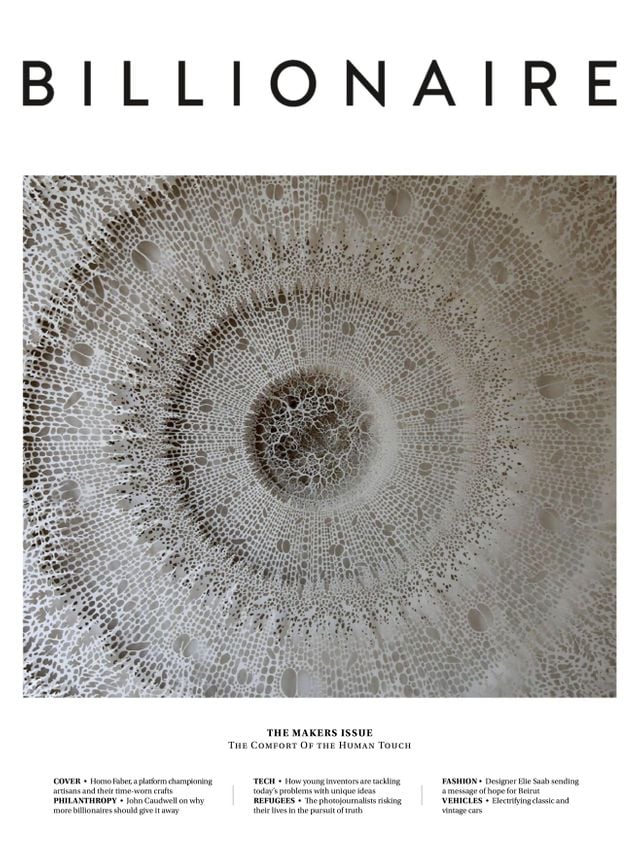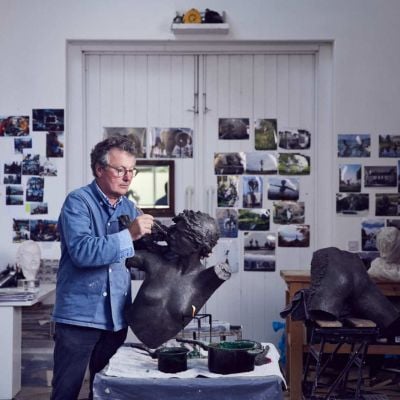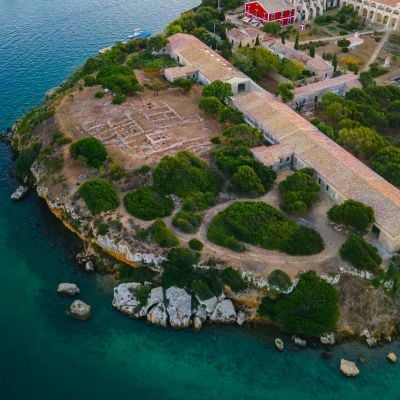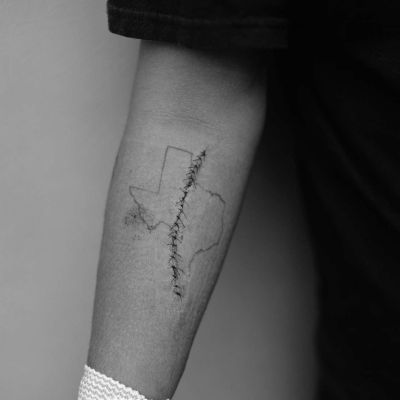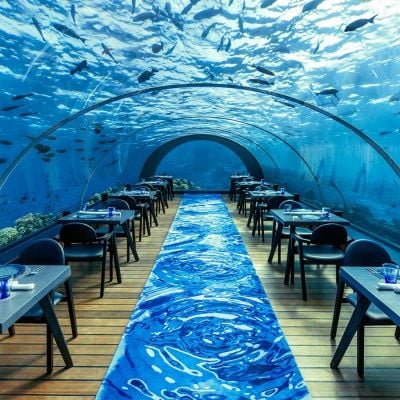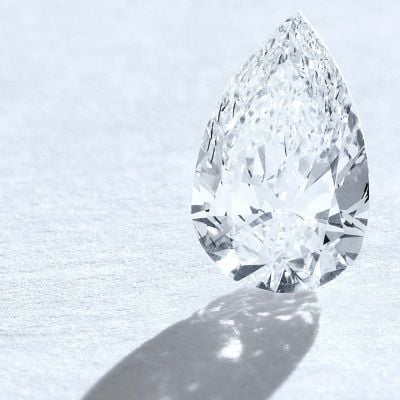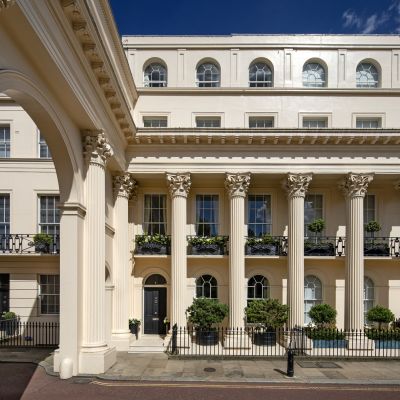Bronze Beauty
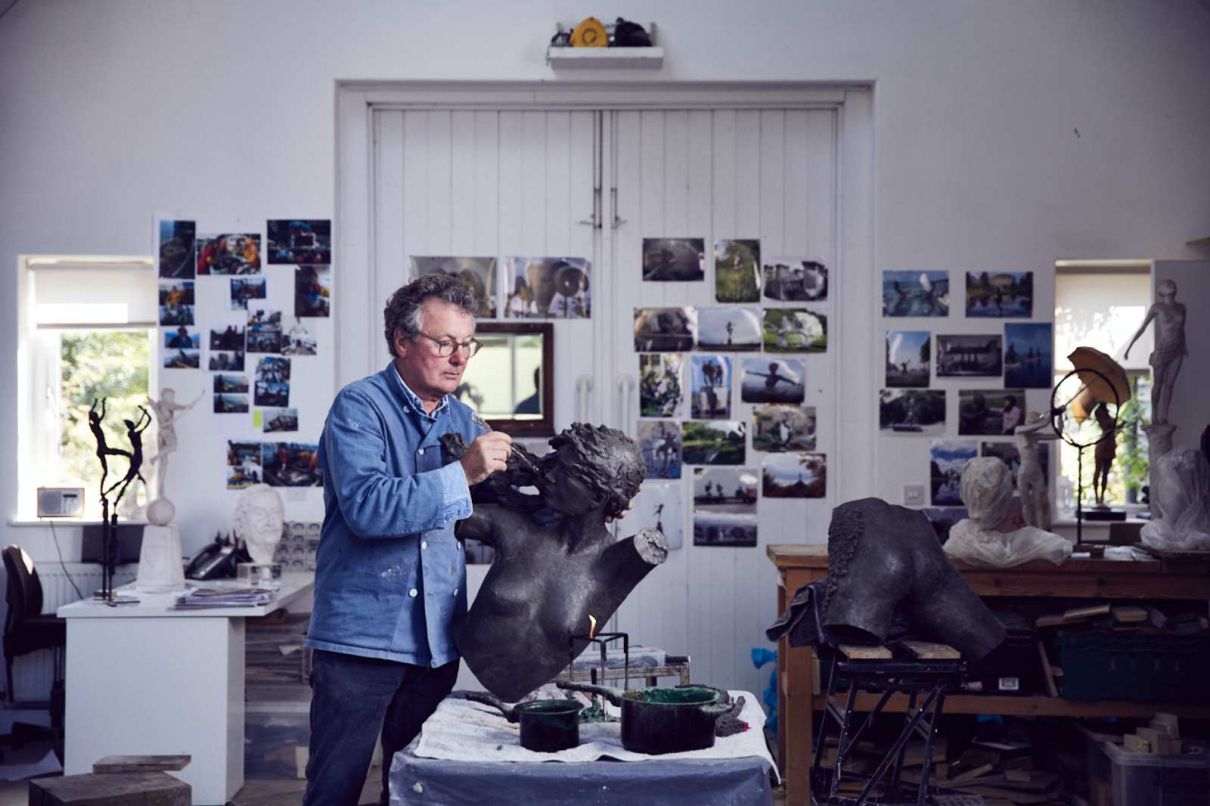
A creative pedigree runs in the blood of David Williams-Ellis who started out sculpting in plasticine.
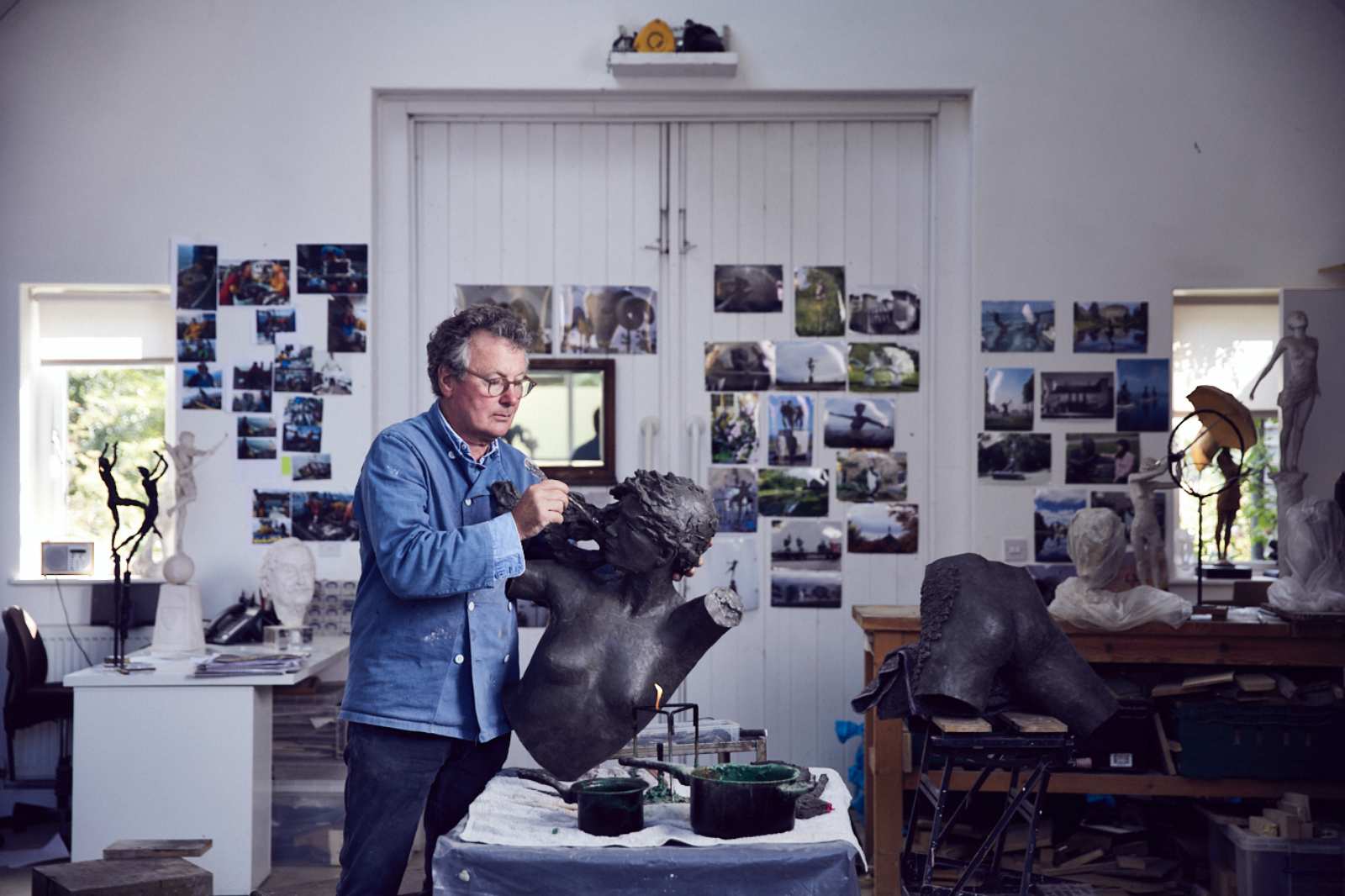
An artist’s muse can come quite unexpectedly and in many different guises. But for sculptor David Williams-Ellis it was a chance encounter in Pietresanta, in the shadow of Italy’s Carrara mountains, which sowed the seeds of his Rodinesque signature style.
“It was probably serendipity that, while on the edge of a piazza, I just happened upon a girl sitting on an ancient, heavily worn broken marble column,” he recalls. “She was sitting with one knee up and one leg hugging the side of the column. It was as though she was integrated with the marble and this became a shape that I recognised as something that was totally sculptural; this set me off on a course to make many figures elevated on pillars or columns using this idiom. It has become one of my signature styles.”
He had journeyed to Italy as a teenager to pursue training in the arts after realising that no British art school could meet his needs. In Florence he enrolled in a classical drawing class with the legendary Signorina Nerina Simi (then in her 80s) and from there he apprenticed himself to an artisans’ woodcarving studio in Florence. It wasn’t until Williams-Ellis first encountered sculpting in Pietresanta, and that girl on the pillar, that he found his calling.
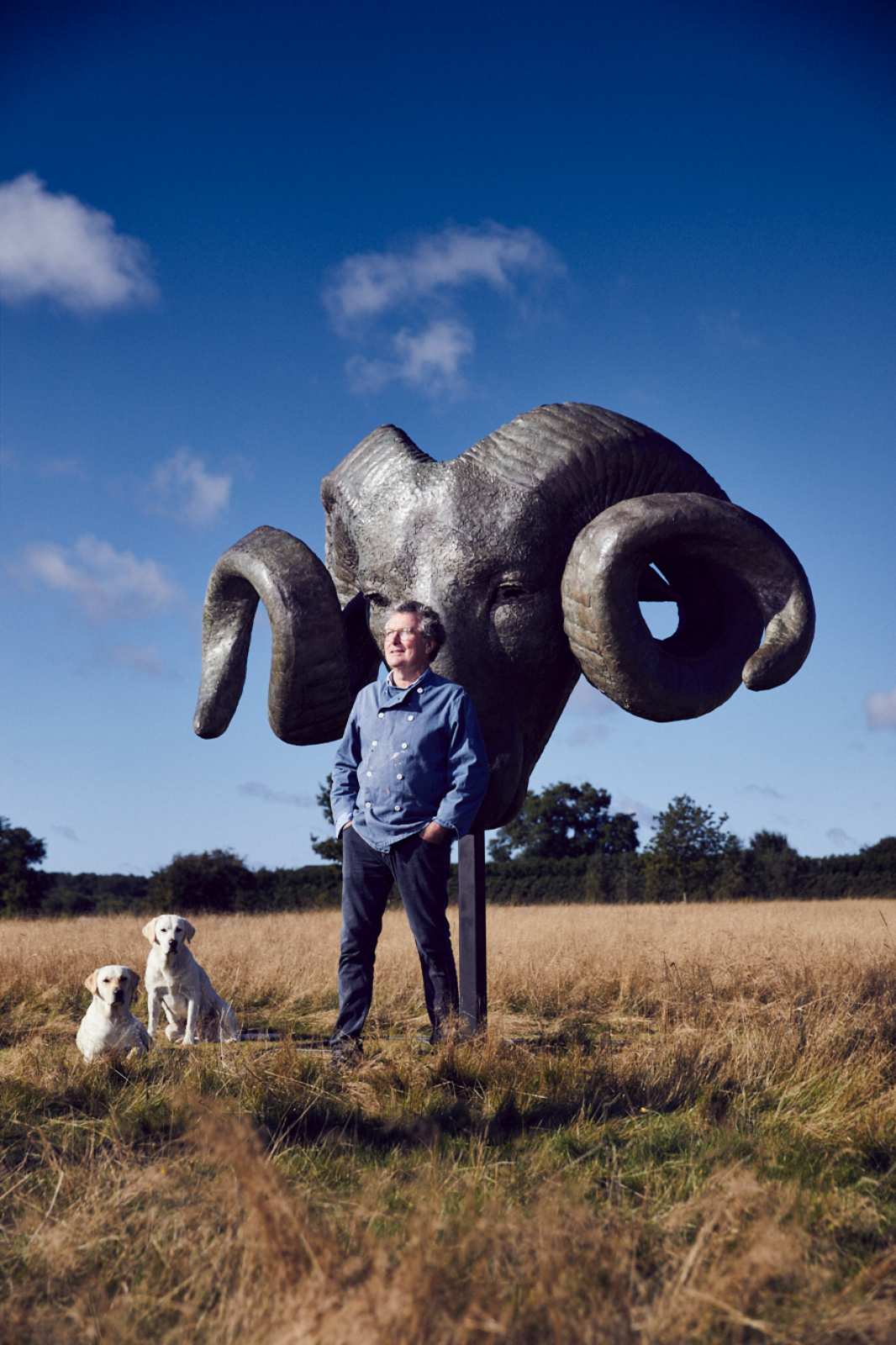
“I think some of us are born with a brain that operates in a bit more of a three-dimensional way; the way I drew and the way I see things has always been very much three-dimensionally. My first memory of making anything was as a very young child making models of people and objects in plasticine,” he reflects.
Collected by Bryan Ferry and the Duke of Westminster, some 900 of his sculptures can be found around the world, including in Hong Kong, Japan, the US, China, Canada and Europe. Williams-Ellis has exhibited at the Portland Gallery, the Bruton Gallery, Agnew’s, Sladmore and Cadogan Contemporary.
He works mainly in bronze although occasionally in glass or terracotta, creating anything from small figurative pieces to giants of up to 4m high weighing several tons, the very large ones being more recent commissions. His stepson, property developer Edoardo Mapelli Mozzi, who recently married Princess Beatrice, commissioned a bronze figurative sculpture for Beatrice’s birthday in 2019. “His studio is next to my mother’s house so we’d see him in there every day covered in clay. It’s so special for us to have a piece of his work in our home,” said Mapelli Mozzi in an interview with the Financial Times.
Williams-Ellis just completed his largest sculpture to date, veering away from his normal subject of humans, to focus on the sheep in his field, to be exact, The Ram. A vast 4.5 by 7.5m elevated bronze head of a ram, complete with huge swirling horns, is now installed and visible from almost every corner of his Oxfordshire estate.
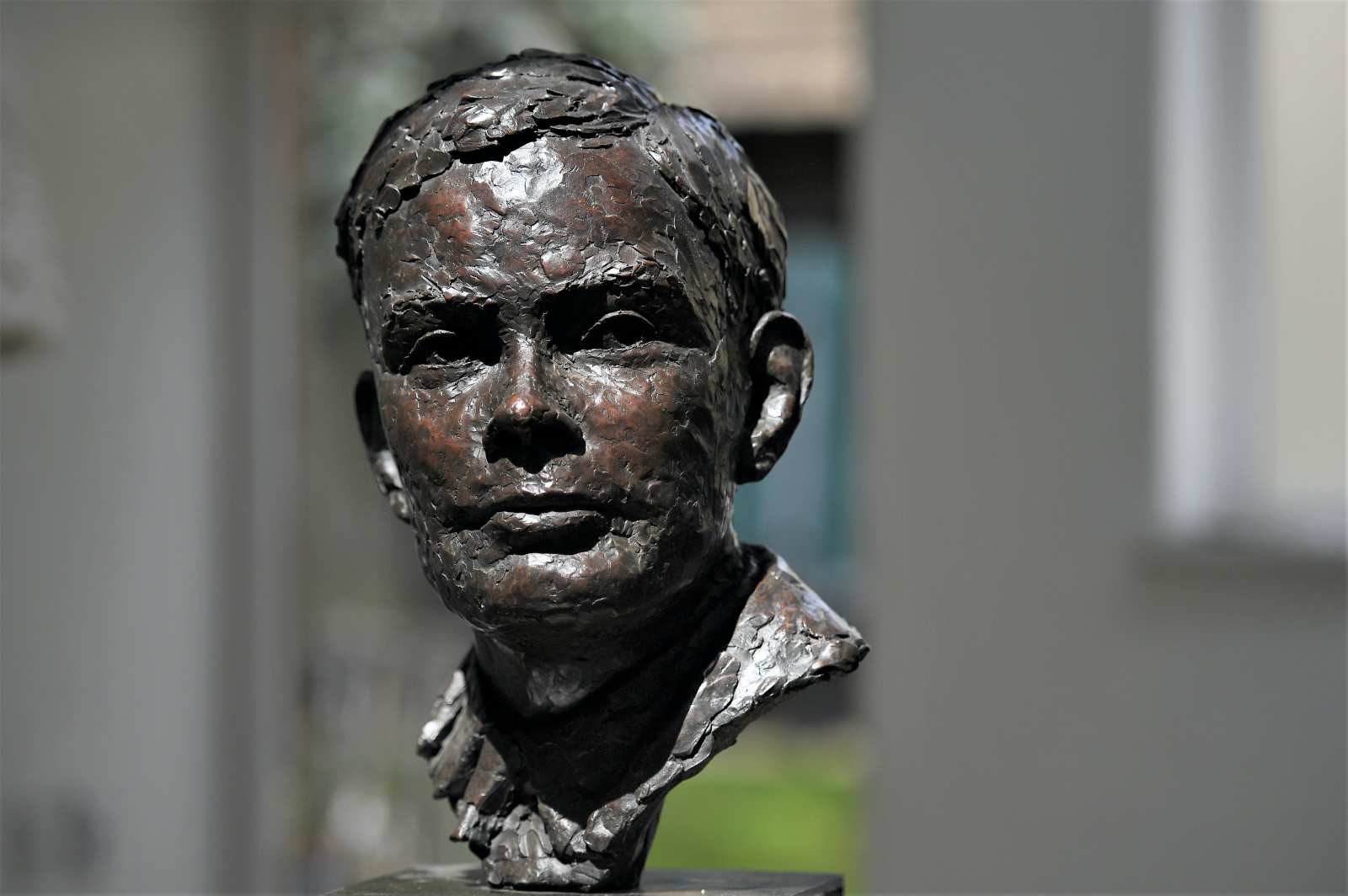
“I had in the field next to my studio a live ram called Tommy and his friend, another sheep called Bobby, as models. This was a great and fun challenge and I am thrilled with the result and the scale of The Ram. This has directed me to working more with other subjects rather than just the human form, indeed recently I have been working on a sculpture of British fish, which, apart from the smell in my studio, has been another departure and exciting project.”
Williams-Ellis will be releasing a limited edition of Ram sculptures, which he says take some 1,000 hours to create. He first started The Ram by drawing and developing the idea over and over, then creating a mini version. “With The Ram I created numerous drawings, then I made a maquette [a small model in clay: in this instance 50cm-wide]; from that I developed the maquette into a much larger sculpture 1.9 by 3m.
“I welded steel armature in order to support the weight of the clay. The Ram has got huge horns and needed an enormous amount of structural strength to support it. I worked on the large sculpture six to eight hours a day, five days a week, for around six months. It is clay built up on a steel frame, using builders’ expanding foam to bulk out the sculpture without adding to the weight. It is then moulded in rubber and cast in bronze." The Ram, initially commissioned by a Cotswolds based collector, will also be available in 14 further editions, including five in monumental scale. For the vast size it will be scanned then digitally printed in sections, then moulded and finally cast in bronze and welded together.
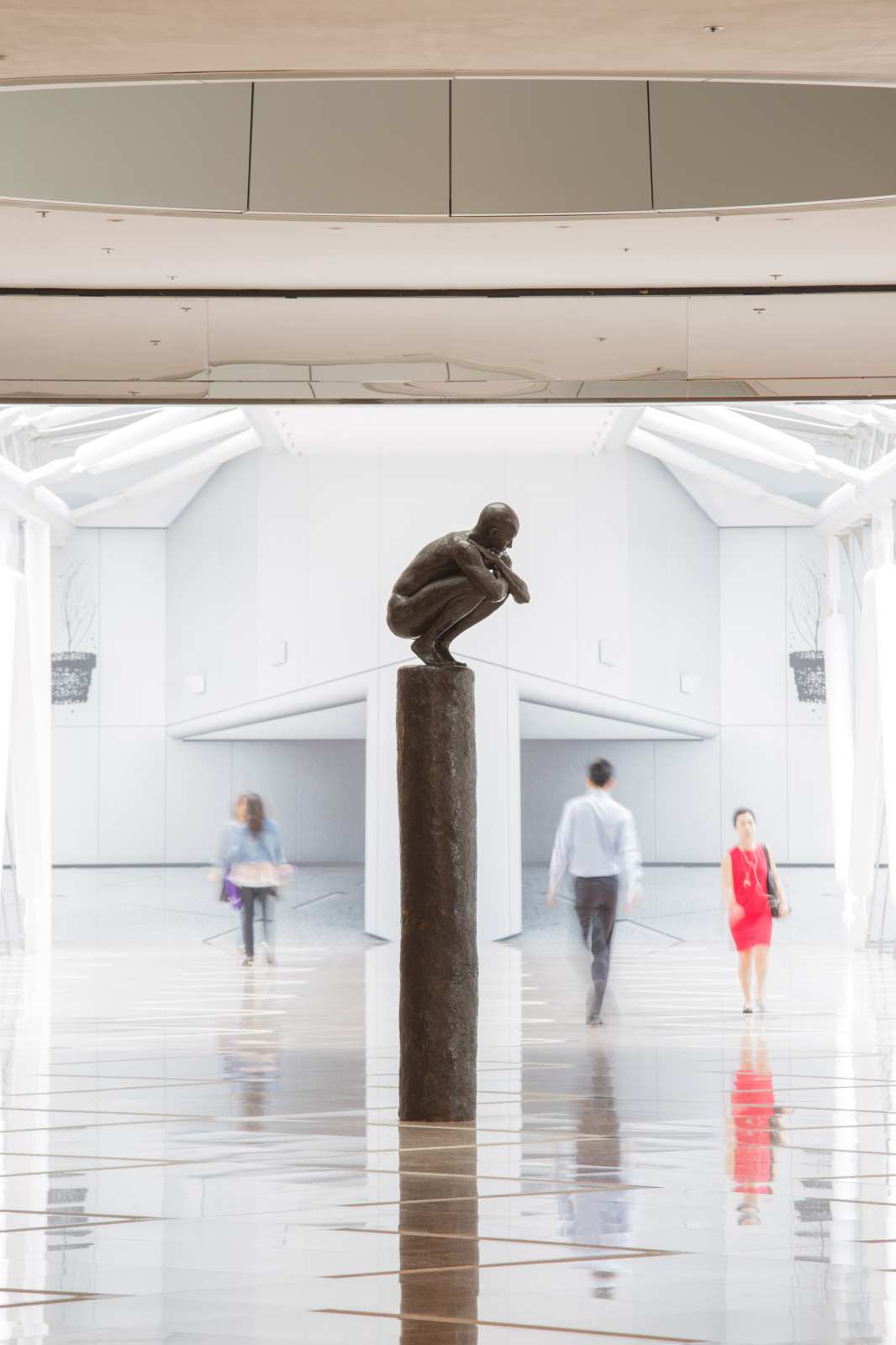
Some of his other notable works include the moving D-Day Memorial in Ver-sur-Mer in Normandy made in 2019: a trio of comrades-in-arms surging forward on a granite plinth, on a small hill overlooking Gold beach. It was unveiled by the President of France and the UK Prime Minister as part of the 75th anniversary of D-Day. It was a particularly emotional commission, says Williams-Ellis, because his father served in the Royal Navy at the time of the D-Day landings.
“All of my family felt so honoured to have been part of this special memorial service when the sculpture was unveiled and we will never forget the extraordinary humility and gratitude of the veterans we met, who said they had waited 75 years to see a fitting memorial to their fallen comrades. I felt hugely rewarded having spent two years making what turned out to be a powerful emotive sculpture.”
Williams-Ellis also created a bronze bust of Alan Turing, computer pioneer and Second World War code breaker, in the grounds of his old school in Dorset.
From his studio in Oxfordshire, he breathes life into bronze, patinating using chemicals and heat, pouring it into unusual shapes, chasing (altering bronze by chiselling or grinding after its cast), and much more besides. Creativity flows in his blood: his parents were both painters and his great uncle was Sir Bertram Clough Williams-Ellis CBE MC, the architect who created the Italianate village of Portmeirion in Wales.
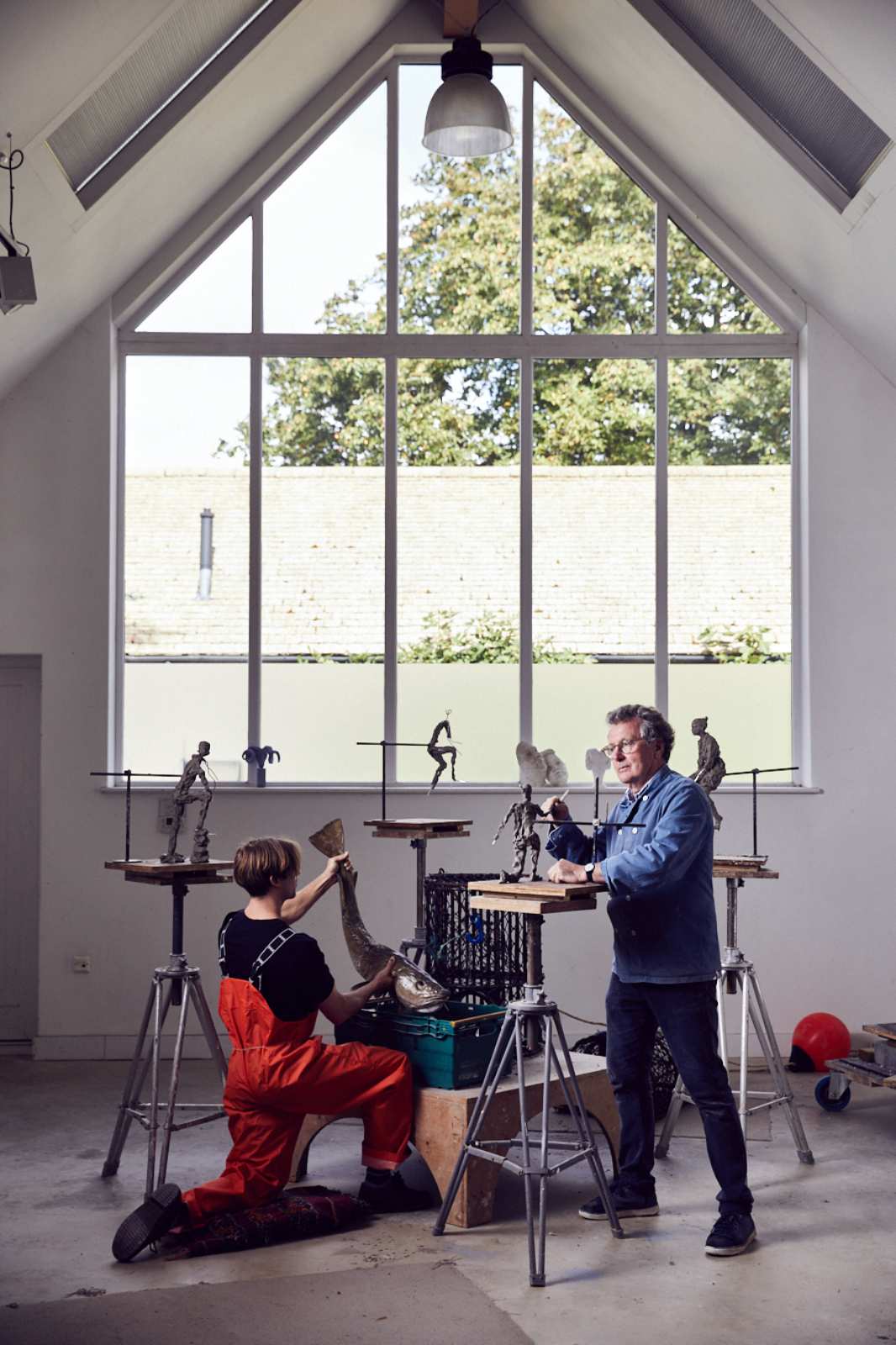
“I was surrounded and nurtured in a creative environment and this was fertile ground for me,” says Williams-Ellis. “Without a shadow of doubt, my Uncle Clough was a huge influence on me and indeed he was instrumental in giving me the confidence to follow my heart into the art world.” Clough Williams-Ellis was a professional architect who worked from the early part of the 20th century up to when he died in the late 1970s aged 94. Since his death, he has been lauded as one of the great architectural visionaries of the early part of the 20th century.
“He encouraged me to follow my ‘bent’; in other words, to ‘get on with’ doing what I was naturally passionate about and what he believed I had a skill for,” says Williams-Ellis.
Clough, having developed his talents with his wife Amabel (a member of the great literary family, the Stracheys), surrounded by the Bloomsbury Group, gave Williams-Ellis the strong encouragement that he could achieve success in his field.
“This creative gene within the family was so encouraging. Clough gave me one other fabulous lesson in teaching me about scale: so relevant for a sculptor like me. His ability to really understand scale in his buildings, many of them sculptures themselves, was unique and in this they managed to achieve a respect for the landscape and the environment they sat within.”
Williams-Ellis’s sculptures are noted for their classical balance and poise and, above all, for a sense of movement and vitality captured within the form; a powerful energy that thrusts its way beyond the ornamental and gives it its definitive contemporary edge. It is the life that sets them apart from others. He says: “The ability to give the work a visceral and emotional feel is something that makes the difference between an indifferent sculpture and a really moving and successful one.”

